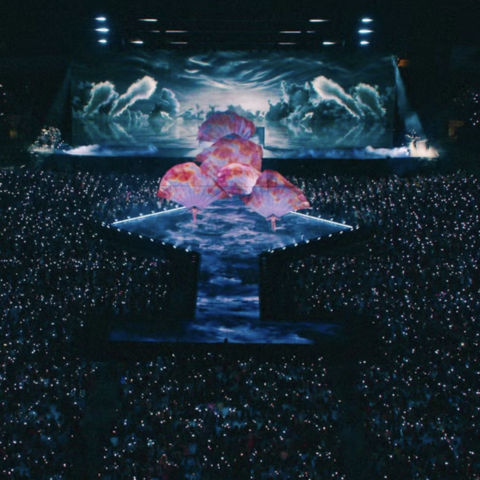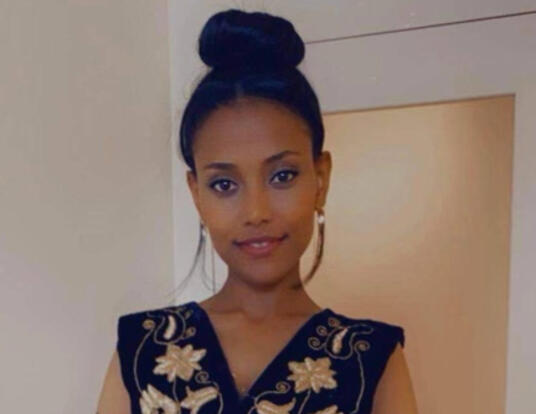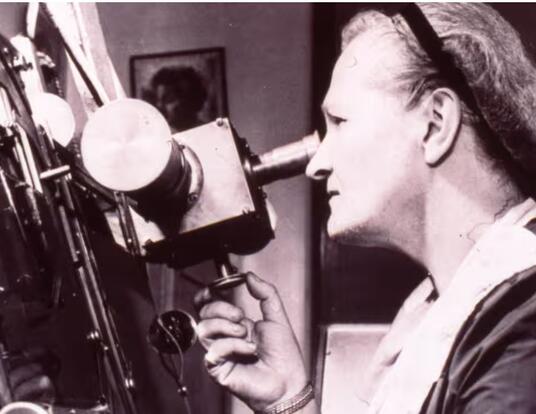Chronicling Curious Species
Harvard Griffin GSAS Voices: Whitney Barlow Robles, PhD '19
Throughout its 150th anniversary year, Harvard Griffin GSAS is foregrounding the voices of some of its most remarkable alumni and students as they speak about their work, its impact, and their experiences at the School.
Whitney Barlow Robles is a lecturer at Dartmouth College, where she works at the intersection of natural, environmental, and public history. She discusses her work investigating the ways the natural world shapes human knowledge, discovering rare specimens in very different places, and the turkeys that haunt her memories of GSAS.
Placing Animals First
I research the buzzing, writhing, and wriggling nonhuman world around us from a historical perspective. It's easy for our species to be lulled into thinking we're in control. But for centuries, scientists have had to confront how the natural world puts real limits and checks on what we can know and do. Tiny coral polyps build underwater structures that destroy human ships. Rattlesnakes can make people lose their minds.
My forthcoming book looks at this problem in the 18th century, the golden age of natural history. I flesh out the stories of specific animal protagonists and their interactions with early, befuddled scientists, and I also turn to the present day to see how these creatures continue to evade science's best efforts to pin them down. The recognition that we humans, too, are part of the natural world has taken on great urgency in an era of climate change and devastating species loss. My work experiments with combining genres as one way to make this history speak directly to our current moment. I ask, “What might the history of science, on the one hand, and the literary genres of science and nature writing, on the other, have to offer one another?"
Wild Encounters
In the process of researching my book, Curious Species: How Animals Made Natural History, soon to be published by Yale University Press, I made two "discoveries" related to rattlesnakes, one historical, one contemporary. The first was finding a long-lost specimen from the collection of a naturalist named Sir Hans Sloane that is probably around 300 years old. Sloane, who served as president of London's Royal Society and whose vast collections founded the British Museum upon his death, accumulated thousands of plants, animal specimens, manuscripts, and artifacts during his lifetime. While some, like his herbarium, are well-preserved today, almost all of his zoological specimens were thrown into purging bonfires by 19th-century curators. To find any Sloane specimen at all was a real shock both to me and to the curator at London's Natural History Museum. They’re out there, but extremely scarce.
The second discovery was a rattlesnake in the flesh. Part of my book research involved tracking down the last known population of timber rattlesnakes in New Hampshire. To do that, I needed the help of a state biologist, since the site is kept secret because poachers continue to pursue the animals. I became increasingly unsure this trip would happen since the snakes only emerge from their winter dens during a very brief window of time each year; in my case, that window aligned with the early days of the pandemic. Since timber rattlesnakes are New Hampshire's most endangered animal, the trip was still permitted, and we did encounter one of these shy and secretive creatures!
Travel and Turkeys at GSAS
It is challenging to select only one pivotal experience from my time at Harvard Griffin GSAS. Obtaining a PhD requires a significant commitment of time, and as mine took five years, there were many experiences to choose from.
Harvard has a dedicated fellowship for conducting research in Australia, and I was fortunate enough to be awarded one. This fellowship enabled me to charter a small boat in a remote area of Far North Queensland to locate the coral reef that nearly caused the demise of the English explorer Captain Cook in 1770. That experience will remain etched in my memory forever.
Soon after starting at Harvard Griffin GSAS, I approached the Museum of Comparative Zoology librarians for assistance in identifying hidden study spaces in the Ernst Mayr Library. These areas became the setting for much of the research and writing of my dissertation, which later evolved into my book. I was surrounded by the scent of aged documents and preservatives while enjoying the view of Divinity Avenue.
My recollections of the School are also marked by Cambridge's famous turkeys. I witnessed one strutting down the centerline of Massachusetts Avenue and pecking at the wheels of cars that cautiously passed by. On another occasion, I observed a turkey walking on the right side of the sidewalk among a crowd of people, only to take a sharp turn down a side street around 5:00 p.m. (I believe I witnessed its evening commute.) When I visited campus several months ago, I encountered a turkey attempting to dig up a tree lining Mass Ave. first thing in the morning, just as before.
Get the Latest Updates
Join Our Newsletter
Subscribe to Colloquy Podcast
Simplecast





